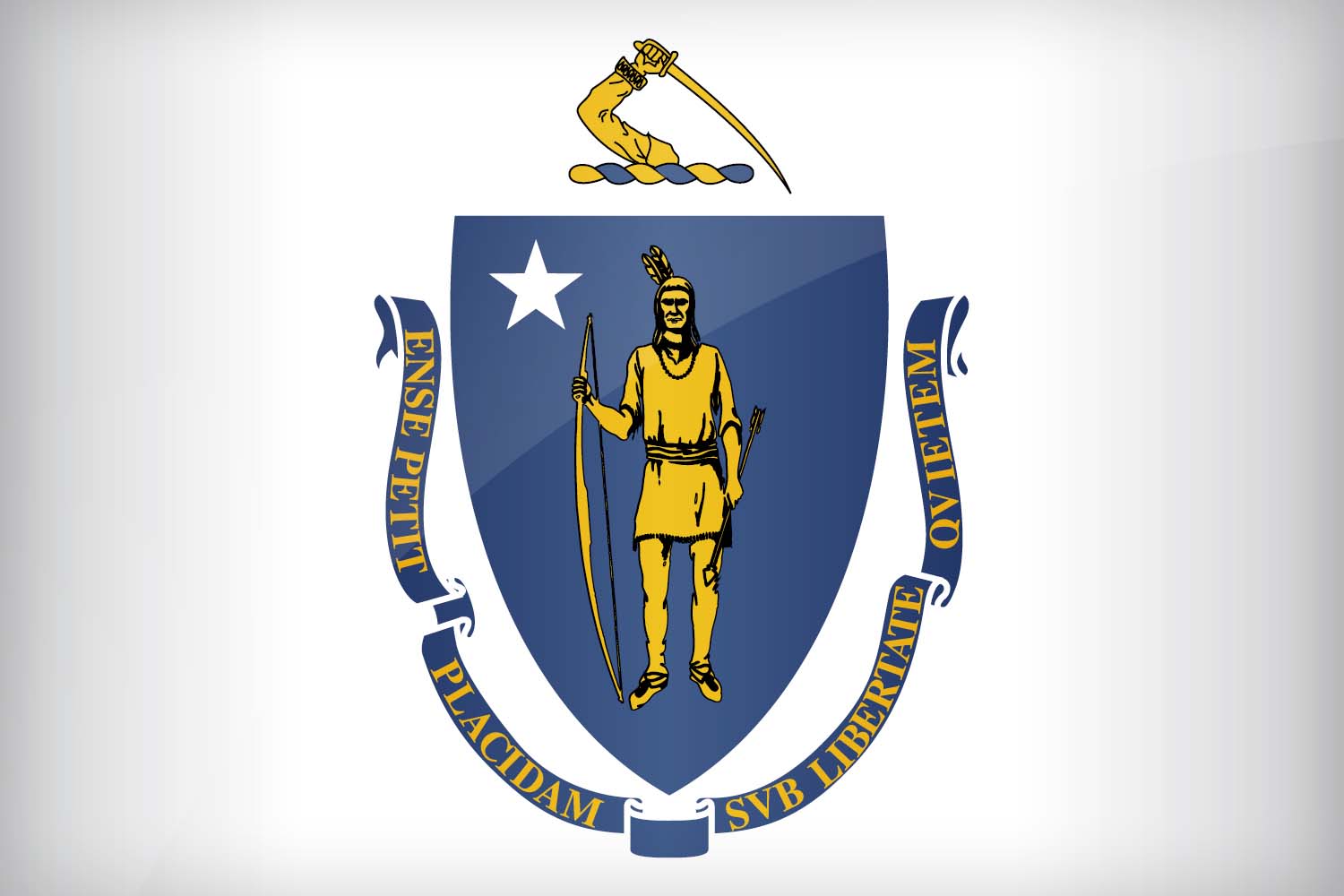I was wondering whether a long simmering controversy would reignite in the wake of the focus on the Confederate flag.
Today.
What’s the deal with this flag, Minnesota?
First of all, they jammed about 10,000 things onto it. You’ve got your farmer, your sunrise, your waterfall, the state flower and, oh yes, your near naked Native American riding by on a horse.
“The image of the pioneer, a peaceful man who has laid down his gun and is plowing his field, is juxtaposed with the image of the Indian, who may still want to fight (his spear is at the ready) but who seems to be riding away,” writes Judith Harrington in today’s Star Tribune. She’s an assistant professor at the University of Wisconsin-La Crosse.
“The pioneer/farmer is using a plow, a symbol of civilization. The white man is depicted as a ‘doer’ who is entitled to the land, trees and water, empowered by the concept of Manifest Destiny. The Indian is the vacating tenant. A peaceful transition is suggested, but this ignores the tense and problematic history of conflict between European settlers and Indians, such as the complicated history of treaties and the Dakota War of 1862.”
“It does not reflect the values and sensibilities of Minnesotans today,” she writes.
The flag has been occasionally debated almost since Gov. Sibley saw the painting and thought it’d be a great symbol of a pretty good state.
It’s not the only state flag getting a little criticism this week. In Massachusetts the governor has hinted he’d be open to a new design after the Confederate flag protests prompted a little introspection.
“By the sword we seek peace, but peace only under liberty,” the state motto on the flag says.
“The irony of using a Native American on the arms of the political entity that destroyed them is rather like a hunter hanging trophy heads on his wall,” a respondent in a poll said.
“It is hard to read it all together as anything but a flag designed by and for the colonial conquerors who made the Bay State, the ones who won the land — with a short time out for Thanksgiving dinner — by all but eradicating the people who got here first,” writes Boston Globe columnist Yvonne Abraham.
In both cases, our state flags represent the way we frame history — war and conquest.
Would we even know how to begin thinking about our history any other way?


